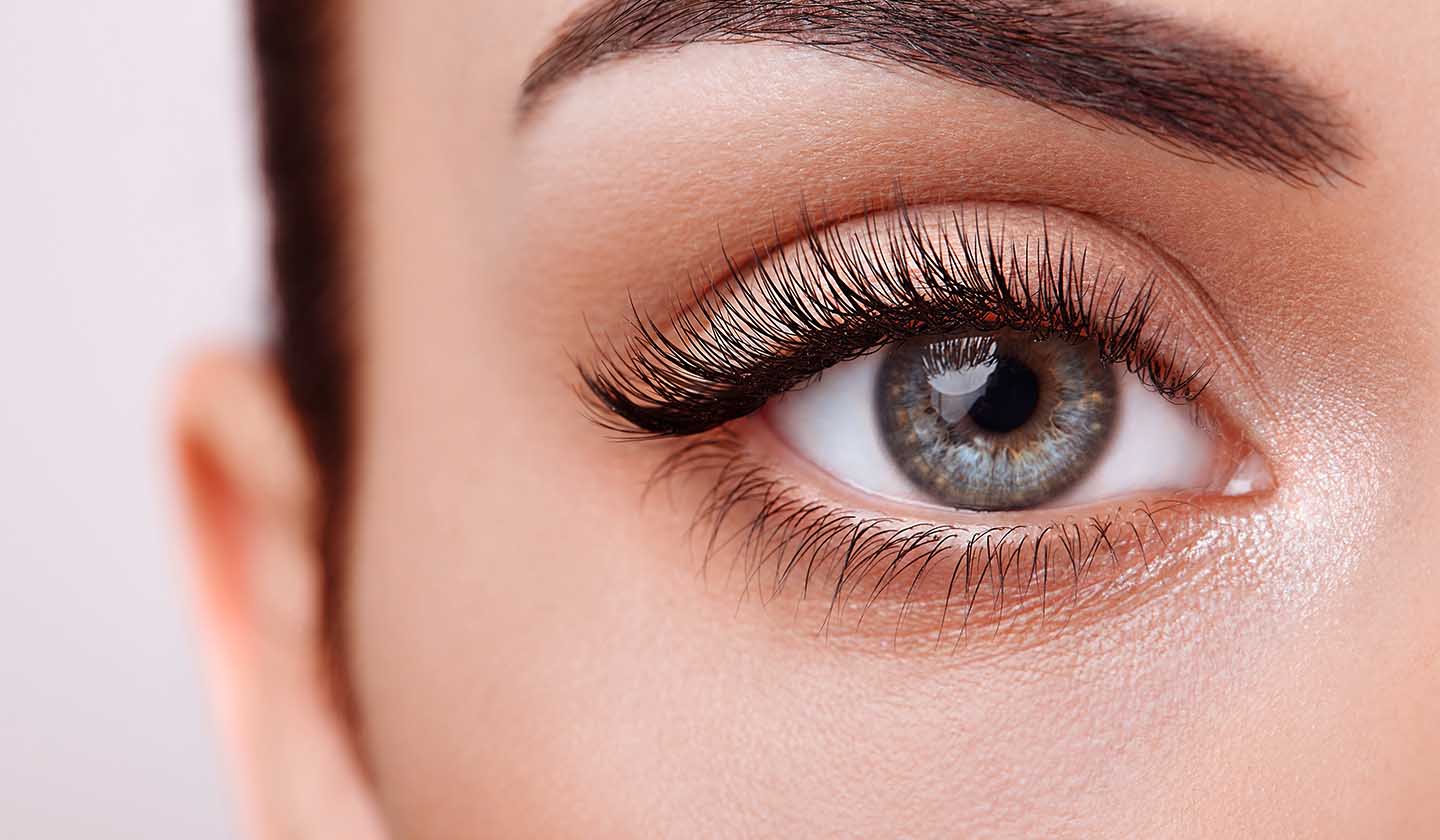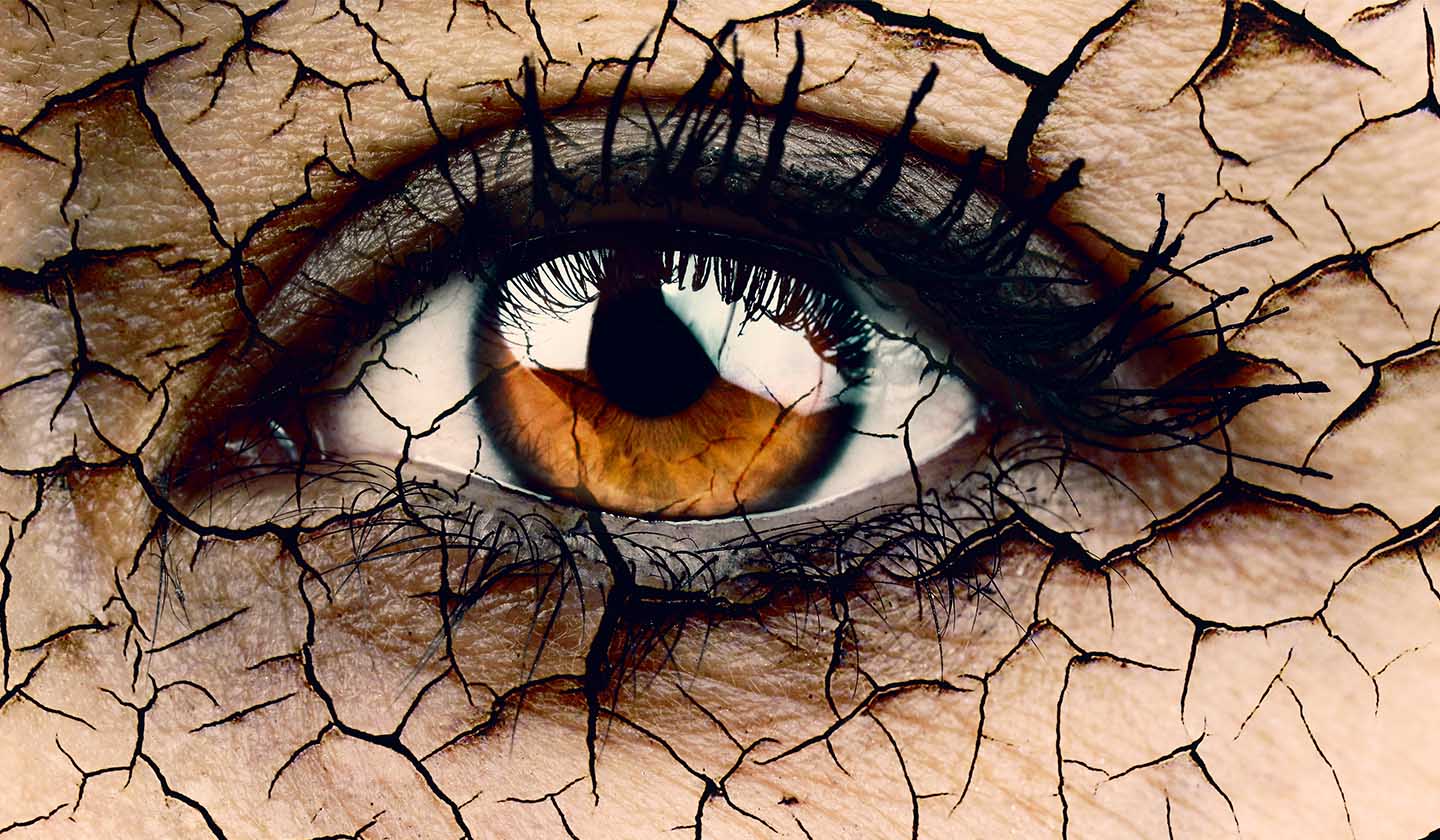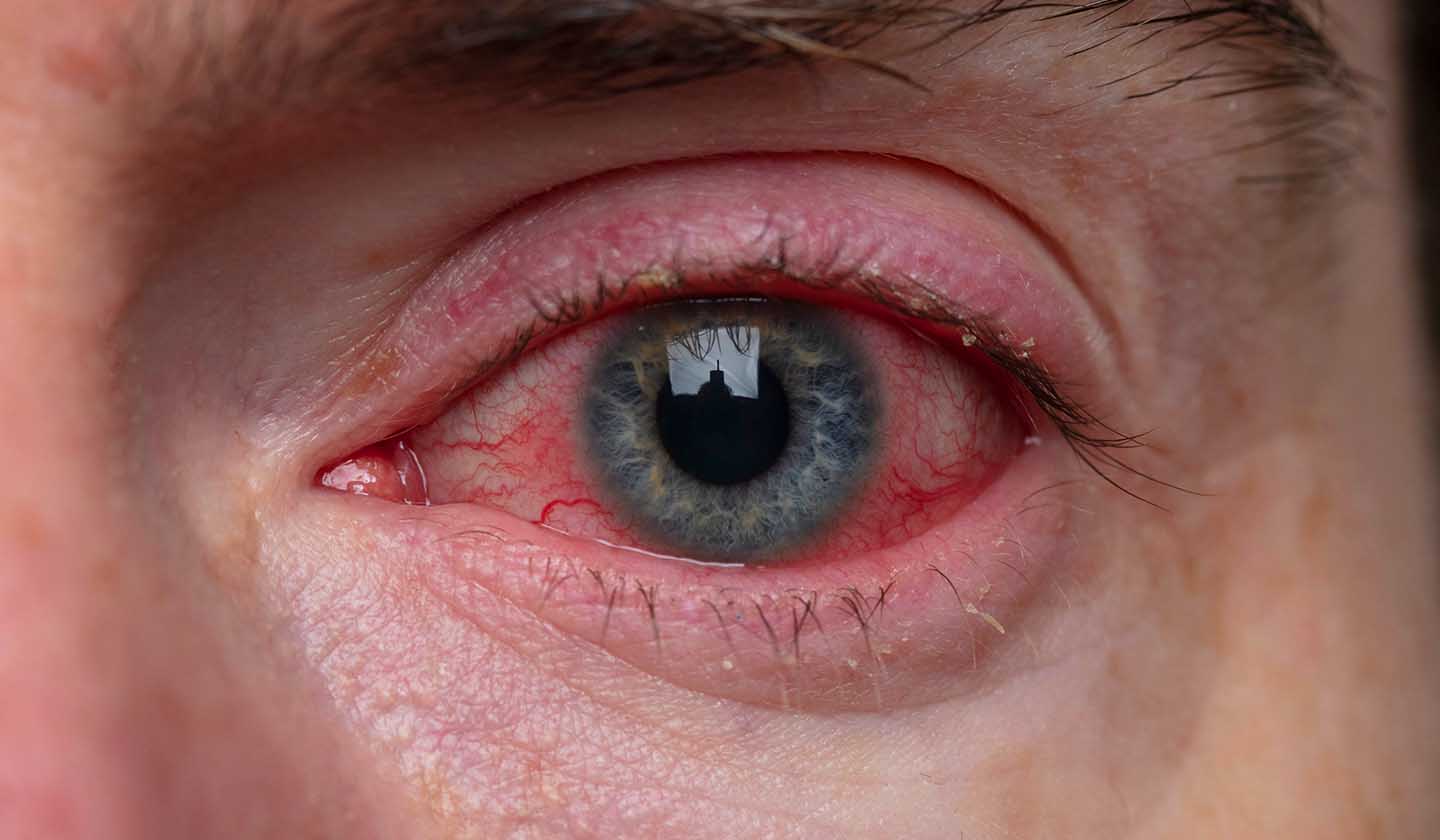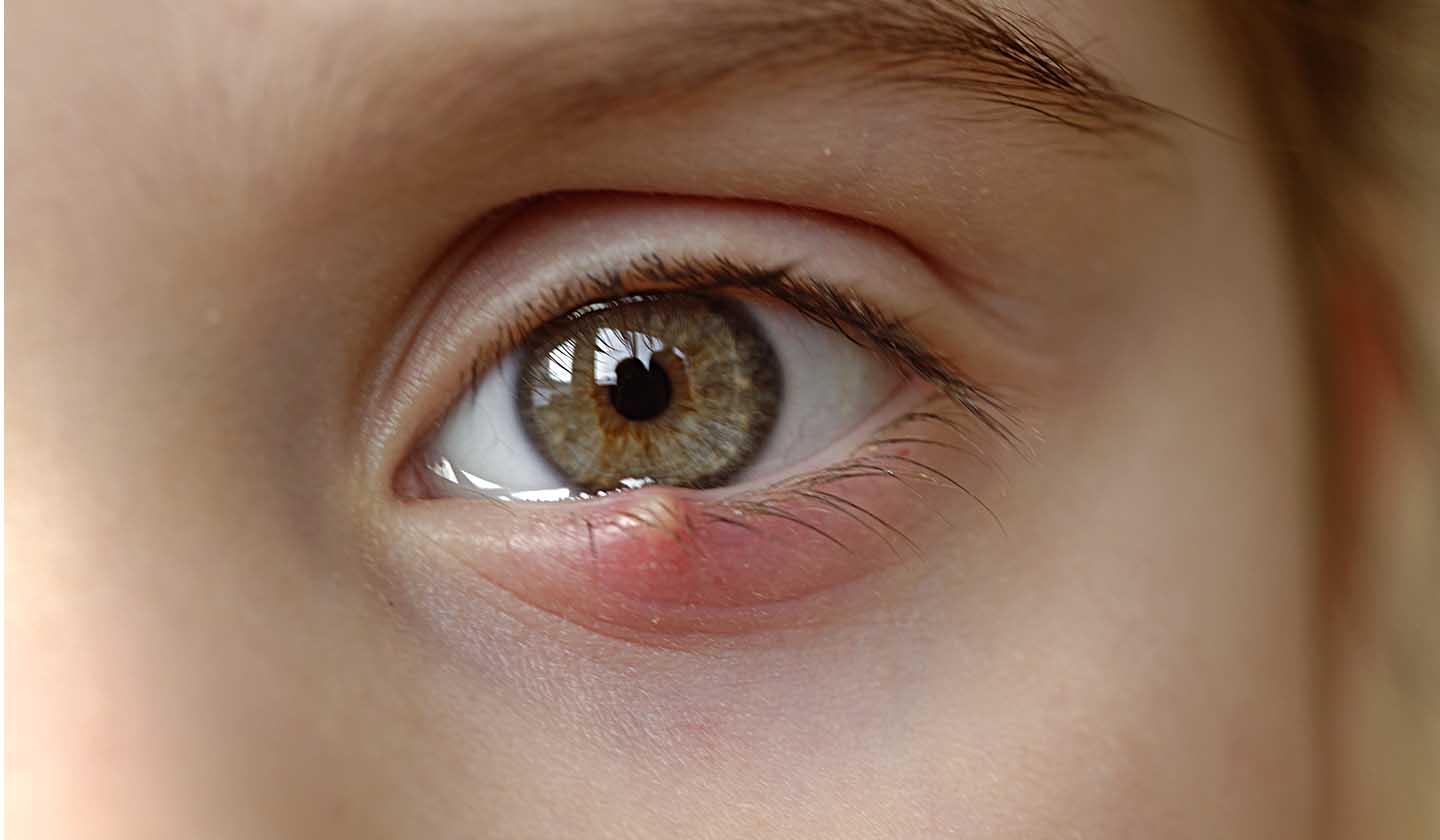Eyesight
Eye symptoms - Eye to eye

The eyes are fragile and there are many factors that can affect them: but most problems can be solved with simple measures and with the advice of your pharmacy.
A sensitive organ
The eye is a sensitive organ vulnerable to injuries, environmental aggressions and infectious agents, which in more serious situations, can compromise vision, so it is essential to protect the eyes from various aggressions - maintaining proper hygiene, preventing trauma and avoiding situations that damage them, such as excessive solar radiation. That is why the use of sunglasses with ultraviolet protection is essential, even in winter, for both adults and children.

Broken barrier
The various threats to eye health can result in symptoms which, despite being mild and considered minor, require care. The most common threats are:

Red eyes
Results from the dilation of the blood vessels of the conjunctiva (membrane that covers the white part of the eye), due to: inflammation; secondary to some type of irritation or infection; trauma; foreign bodies; chemical agents; infections; lacrimal deficit (lack of tears).
In most cases, the inflammation that causes red eyes occurs in the conjunctiva and is known as conjunctivitis. It can be infectious or non-infectious (allergic, mechanical, chemical, or due to radiation). The main symptoms are redness, pain, swelling, sensitivity to light, tearing, itching and feeling of sand in the eye, along with the production of mucus.
Dry eyes
Due to a decrease in the production or quality of tears, causing symptoms such as a feeling of sand in the eye, itching or burning, redness, eye fatigue, sensitivity to light and sometimes blurred vision.
Watering eyes
Tears stream down the face, even without crying, due to an increased production of tears; inflammation of the eyes or insufficient drainage due to totally or partially blocked tear duct.

Blepharitis
It is an inflammation of the eyelids, which get red, swollen, itchy, burning and sometimes flakes or crusts form around the roots of the eyelashes.

Sty
Bacterial infection in which the eyelid becomes swollen and develops a soft, reddened lump that causes pain and swelling. It can appear on both the upper and lower eyelids, usually near the edge of the eye.

Relieving gestures
These are mild but uncomfortable symptoms, which must be treated and relieved by applying (warm or cold-water) compresses, saline solution in single doses, eye drops, gels, sprays, or ophthalmic ointments. Ask your pharmacist for advice.
Because they are applied directly to the eye, and because this is a sensitive organ, these products require particular care in their use. Therefore:
- Always wash your hands before and after each application;
- Whether drops or ointment, apply in such a way that neither the tip of the dropper nor the applicator touches the eye;
- Once applied, keep the eye closed for some time, to facilitate absorption;
- Neither the medication nor the applicator should be shared with other people;
- If using saline solution, check if it is a sterile ophthalmic solution;
- Keep bottles and packaging tightly closed;
- Do not keep leftovers, even if they are still within the expiration date;
- Avoid sharing face towels and pillows;
- Do not put your hands on your eyes;
- Avoid makeup as long as the symptoms remain and always remove it with the help of products suitable for the eyes before sleeping.
These measures and pharmaceutical advice products are generally effective in treating these conditions. But there are situations that require medical consultation: when symptoms persist and do not improve or when there are changes in the visual field or visual acuity.
Sources
iSaúde
Farmácia Distribuição Magazine
Também lhe poderá interessar
Allergies






